If you would like to add a border to your image you need to make sure you add some extra room to it otherwise your border will be placed in top of your image. The solution is to add twice the width of your stroke to your image's width and height.
extension UIImage {
var isPortrait: Bool { size.height > size.width }
var isLandscape: Bool { size.width > size.height }
var breadth: CGFloat { min(size.width, size.height) }
var breadthSize: CGSize { .init(width: breadth, height: breadth) }
var breadthRect: CGRect { .init(origin: .zero, size: breadthSize) }
func rounded(with color: UIColor, width: CGFloat) -> UIImage? {
let bleed = breadthRect.insetBy(dx: -width, dy: -width)
UIGraphicsBeginImageContextWithOptions(bleed.size, false, scale)
defer { UIGraphicsEndImageContext() }
guard let cgImage = cgImage?.cropping(to: CGRect(origin: CGPoint(
x: isLandscape ? ((size.width-size.height)/2).rounded(.down) : 0,
y: isPortrait ? ((size.height-size.width)/2).rounded(.down) : 0),
size: breadthSize))
else { return nil }
UIBezierPath(ovalIn: .init(origin: .zero, size: bleed.size)).addClip()
var strokeRect = breadthRect.insetBy(dx: -width/2, dy: -width/2)
strokeRect.origin = .init(x: width/2, y: width/2)
UIImage(cgImage: cgImage, scale: 1, orientation: imageOrientation)
.draw(in: strokeRect.insetBy(dx: width/2, dy: width/2))
color.set()
let line: UIBezierPath = .init(ovalIn: strokeRect)
line.lineWidth = width
line.stroke()
return UIGraphicsGetImageFromCurrentImageContext()
}
}
For iOS10+ We can use UIGraphicsImageRenderer.
extension UIImage {
var isPortrait: Bool { size.height > size.width }
var isLandscape: Bool { size.width > size.height }
var breadth: CGFloat { min(size.width, size.height) }
var breadthSize: CGSize { .init(width: breadth, height: breadth) }
var breadthRect: CGRect { .init(origin: .zero, size: breadthSize) }
func rounded(with color: UIColor, width: CGFloat) -> UIImage? {
guard let cgImage = cgImage?.cropping(to: .init(origin: .init(x: isLandscape ? ((size.width-size.height)/2).rounded(.down) : .zero, y: isPortrait ? ((size.height-size.width)/2).rounded(.down) : .zero), size: breadthSize)) else { return nil }
let bleed = breadthRect.insetBy(dx: -width, dy: -width)
let format = imageRendererFormat
format.opaque = false
return UIGraphicsImageRenderer(size: bleed.size, format: format).image { context in
UIBezierPath(ovalIn: .init(origin: .zero, size: bleed.size)).addClip()
var strokeRect = breadthRect.insetBy(dx: -width/2, dy: -width/2)
strokeRect.origin = .init(x: width/2, y: width/2)
UIImage(cgImage: cgImage, scale: 1, orientation: imageOrientation)
.draw(in: strokeRect.insetBy(dx: width/2, dy: width/2))
context.cgContext.setStrokeColor(color.cgColor)
let line: UIBezierPath = .init(ovalIn: strokeRect)
line.lineWidth = width
line.stroke()
}
}
}
Playground Testing:
let profilePicture = UIImage(data: try! Data(contentsOf: URL(string:"https://i.stack.imgur.com/Xs4RX.jpg")!))!
let pp = profilePicture.rounded(with: .red, width: 10)




